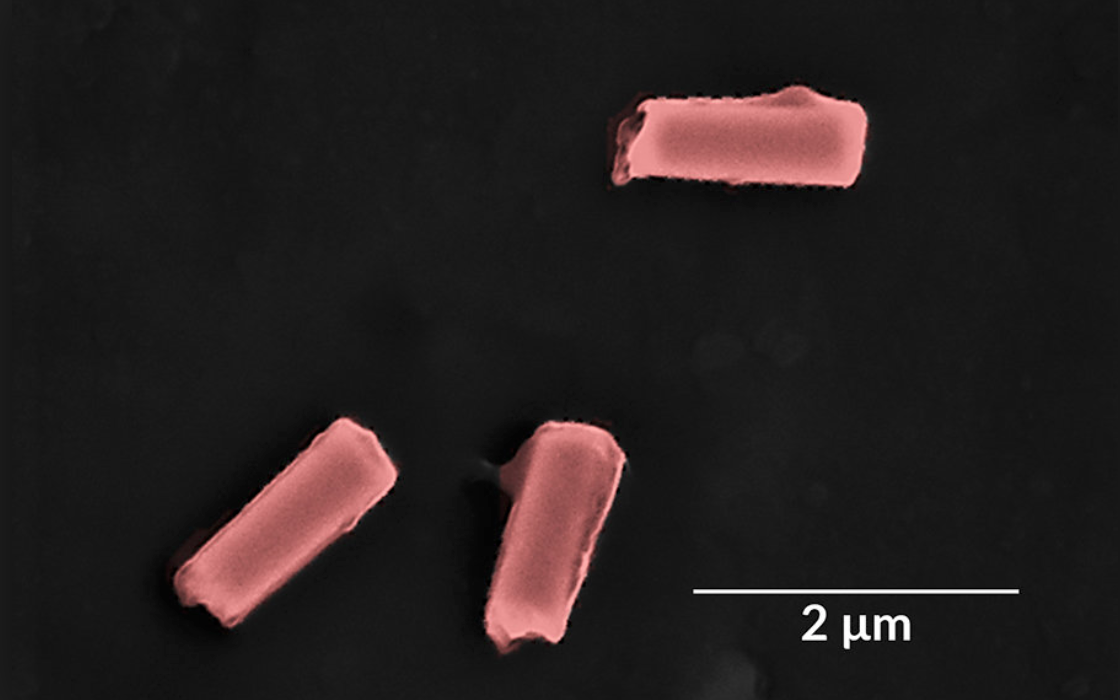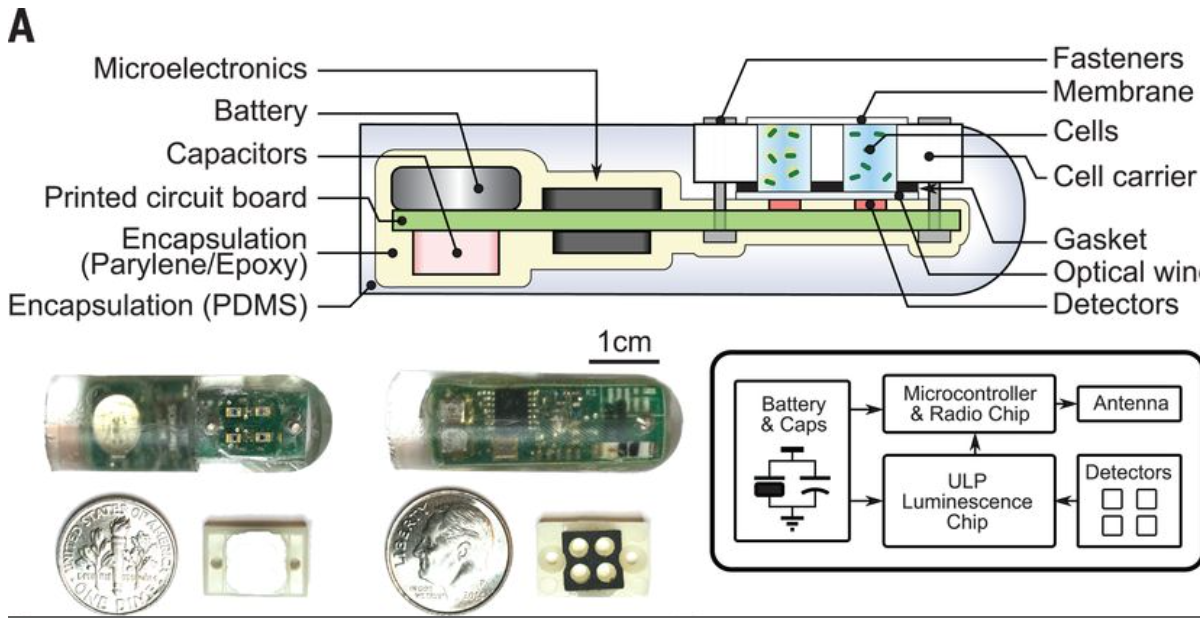Phillip Alvelda discussed AI and the brain at ApplySci’s recent Wearable Tech + Digital Health + Neurotech Silicon Valley conference at Stanford: Dr. Alvelda will join us again at Wearable Tech + Digital Health...
Monthly Archives: June 2018
Nano-robots remove bacteria, toxins from blood
UCSD’s Joe Wang and Liangfang Zhanghave developed tiny ultrasound-powered robots that can swim through blood, removing harmful bacteria and toxins. Gold nanowires were coated with platelet and red blood cell membranes, allowing the nanorobots to perform...
Algorithm predicts low blood pressure during surgery
UCLA’s Maxime Cannessonhas developed an algorithm that, in a recent study, predicted an intraoperative hypotensive event 15 minutes before it occurred in 84 percent of cases, 10 minutes before in 84 percent of cases,...
Bob Knight on decoding language from direct brain recordings | ApplySci @ Stanford
Berkeley’s Bob Knightdiscussed (and demonstrated) decoding language from direct brain recordings at ApplySci’s recent Wearable Tech + Digital Health + Neurotech Silicon Valley at Stanford: Join ApplySci at the 9th Wearable Tech + Digital Health +...
“Artificial nerve” system for sensory prosthetics, robots
Stanford’s Zhenan Bao has developed an artificial sensory nerve system that can activate the twitch reflex in a cockroach and identify letters in the Braille alphabet. Bao describes it as “a step toward making skin-like sensory...
Body heat-powered, self-repairing health sensor system
Hossam Haick at Technion-Israel Institute of Technology has developed a body heat powered, self-repairing system of sensorsfor disease detection and monitoring. Unlike other wearables, the ability to derive energy from the wearer, and to fix...
Nathan Intrator on epilepsy, AI, and digital signal processing | ApplySci @ Stanford
Nathan Intratordiscussed epilepsy, AI and digital signal processingat ApplySci’s Wearable Tech + Digital Health + Neurotech Silicon Valleyconference on February 26-27, 2018 at Stanford University:
Ingestible “bacteria on a chip” detects blood, inflammation
MIT’s Timothy Luhas developed an ingestible sensor with embedded genetically engineered bacteria to diagnose bleeding or other gastrointestinal issues. The “bacteria-on-a-chip” approach combines living cell sensors with ultra-low-power electronics that convert the bacterial response...
Cheap, noninvasive patch monitors glucose
UCSD’s Joe Wang‘s needless adhesive glucose monitor has begun a phase I clinical trial. The small patch measures insulin levels through sweat on the skin, eliminating the need for a skin prick. The paper –...
Carla Pugh on hacking healthcare with sensors | ApplySci @ Stanford
Carla Pughdiscussed hacking healthcare with sensors at ApplySci’s Wearable Tech + Digital Health + Neurotech Silicon Valleyconference on February 26-27, 2018 at Stanford University:









